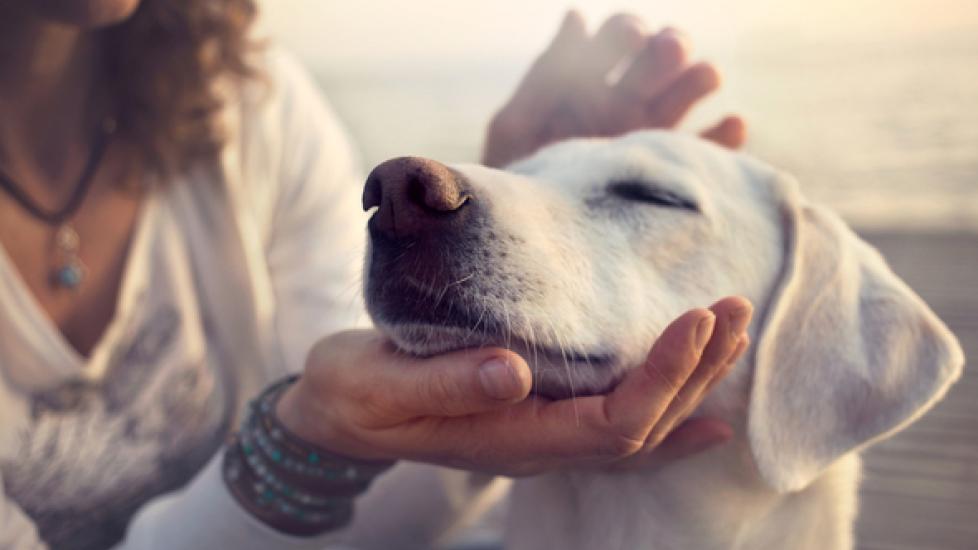Artificial Respiration for Dogs
Image via FCSCAFEINE/Shutterstock
Artificial respiration is a lifesaving technique that is performed when a dog has stopped breathing. The heart, meanwhile, may or may not be beating. Dog breathing difficulties are not only a potential problem by themselves, but can be a secondary indicator of other, more serious conditions elsewhere in the body. Therefore, it is important that you treat dog breathing difficulties seriously—even minor ones.
Complete CPR (cardiopulmonary resuscitation) may be required if cardiac compromise is involved.
What To Watch For
Light breathing, uneven breathing and panting can all be signs that something is wrong, and they often accompany shock. Other signs of respiratory difficulty include exercise intolerance, lethargy and standing with the elbows pointing outwards.
Primary Cause
Shock, bacterial infections in the lungs, heatstroke, bloating, heartworm disease and respiratory malfunction can all cause dog breathing difficulties, as can obstructions in the airways (see also the "Choking" emergency guidelines).
Immediate Care
There are two methods for artificial respiration: compression and mouth-to-nose resuscitation.
Compression Method
This artificial respiration technique applies force to the chest walls, thereby moving the air out. The elastic recoil of the chest will draw air back in.
-
Check the heartbeat or pulse of the dog (feel the artery on the inner side of the mid-thigh).
-
Lay the dog on his/her right side.
-
Pull the tongue forward and clear the airway; check for foreign particles in the mouth and/or throat. If needed, perform the Heimlich Maneuver.
-
Place your hands on the chest and firmly press down. You should be able to hear the air moving out.
-
Stop pressing and listen for the air to move in.
-
Repeat until the dog starts to breathe on their own.
Mouth-to-Nose Resuscitation
Use this technique if the compression method doesn’t work.
Artificial respiration for puppies and small dogs less than 30 pounds (14 kg):
-
Lay the dog on his/her right side.
-
Pull the tongue out to the front of the mouth, just in line with the canine teeth so that you can close the mouth without the tongue being in the way.
-
Check for foreign particles in the mouth and/or throat and clear the airway.
-
Put your mouth near the nose and slowly blow into the nostrils until you see the chest expand. (Any excess air will be released through the dog's mouth.)
-
Remove your mouth and allow the lungs to deflate.
-
If the chest does not expand, blow with more force, closing your hand around the muzzle to seal the lips.
-
Repeat steps 4 and 5 every five to ten seconds until the dog starts to breathe on his own, checking the pulse once per minute.
-
If the dog's heart stops, use both CPR and artificial respiration procedures.
-
Seek help from your vet or an emergency hospital as soon as possible.
Artificial respiration for medium and large dogs over 30 pounds (14 kg):
Follow the same procedure as for a small dog, except that the dog’s lips should be kept closed at the onset of the procedure. Seal the mouth by closing your hand around the muzzle and blow once every three seconds.
Veterinary Care
Your vet will be able to identify the underlying cause of the dog's breathing difficulties using a variety of procedures, including chest radiographs, pulse oximetry and blood gas measurement. Treatment will depend on the diagnosis.
Prevention
Dog breathing difficulties stem from so many causes that it’s difficult to prevent them. Exercise, a healthy diet and good everyday care all contribute to the prevention of respiratory problems. Removing small, objects lying around the home (or around the yard) that might be interesting to dogs can also help prevent accidental swallowing by an inquisitive pet.
